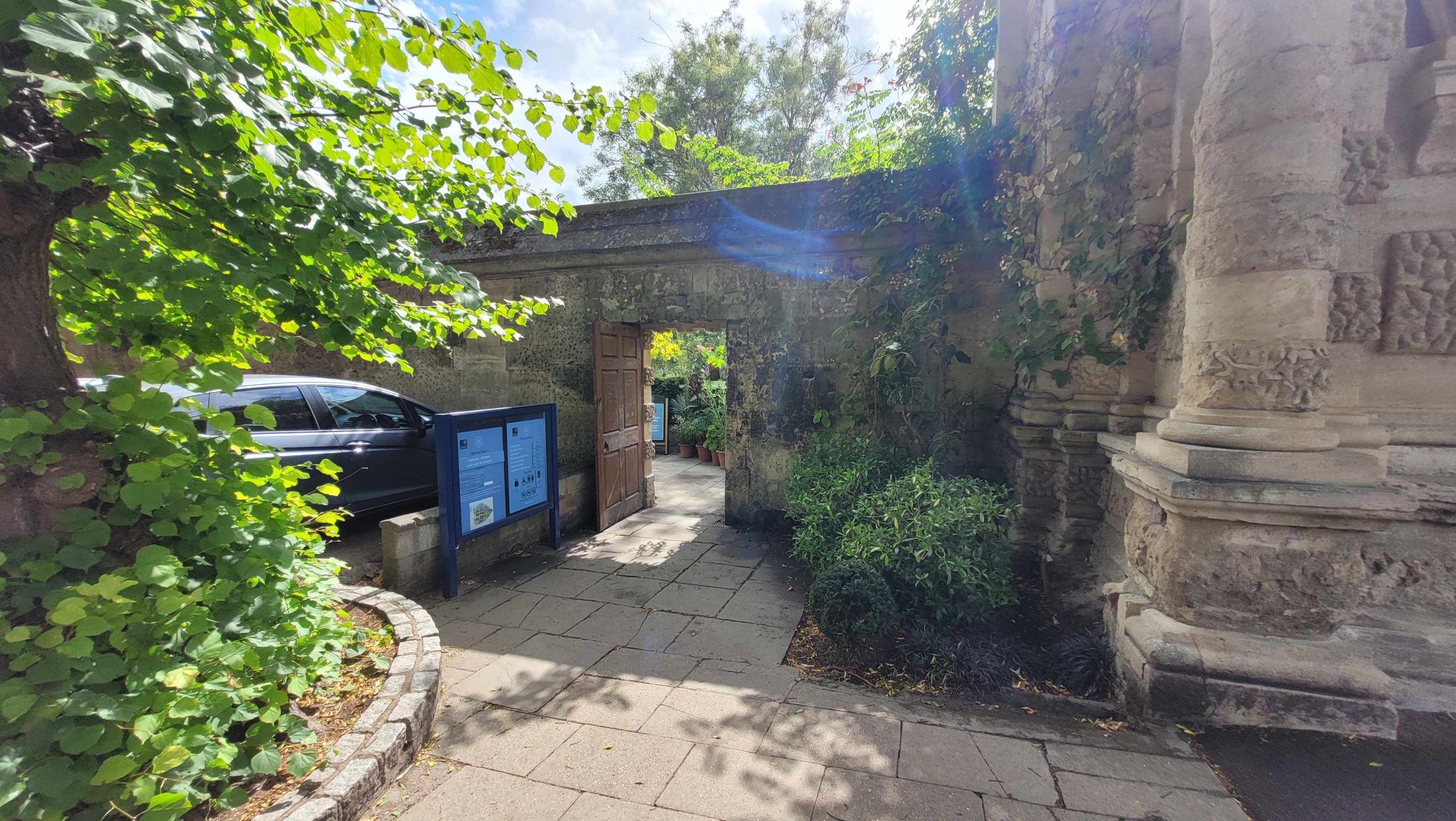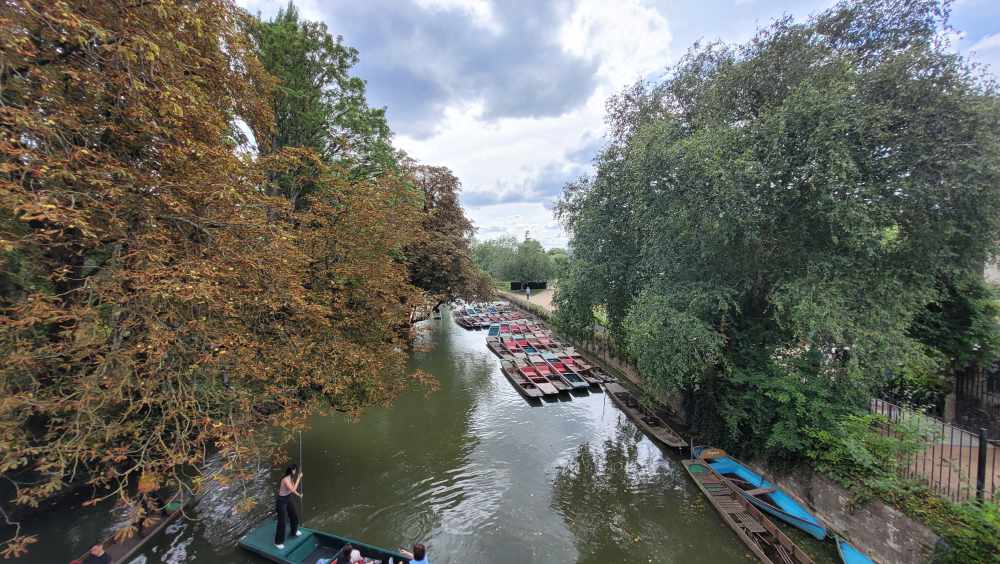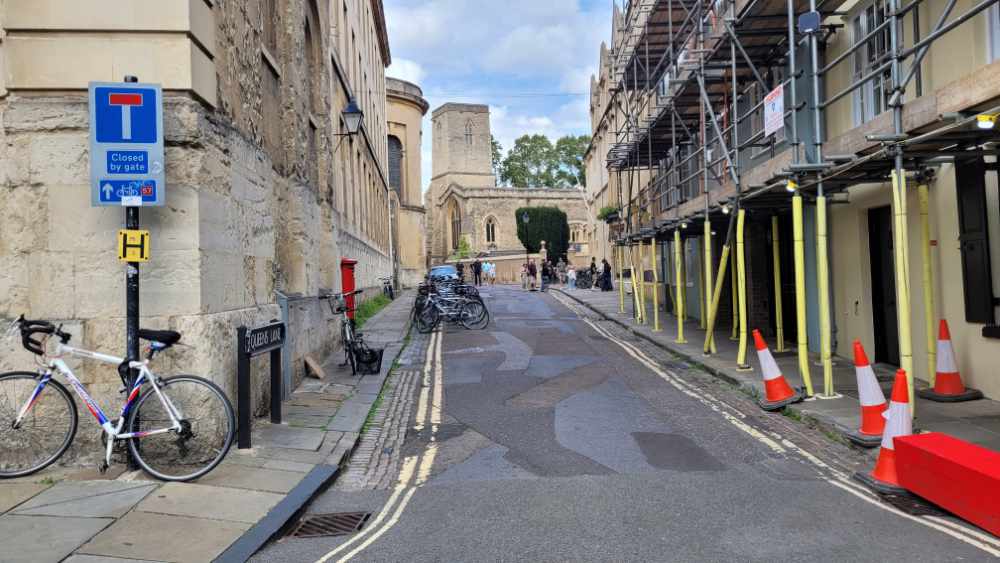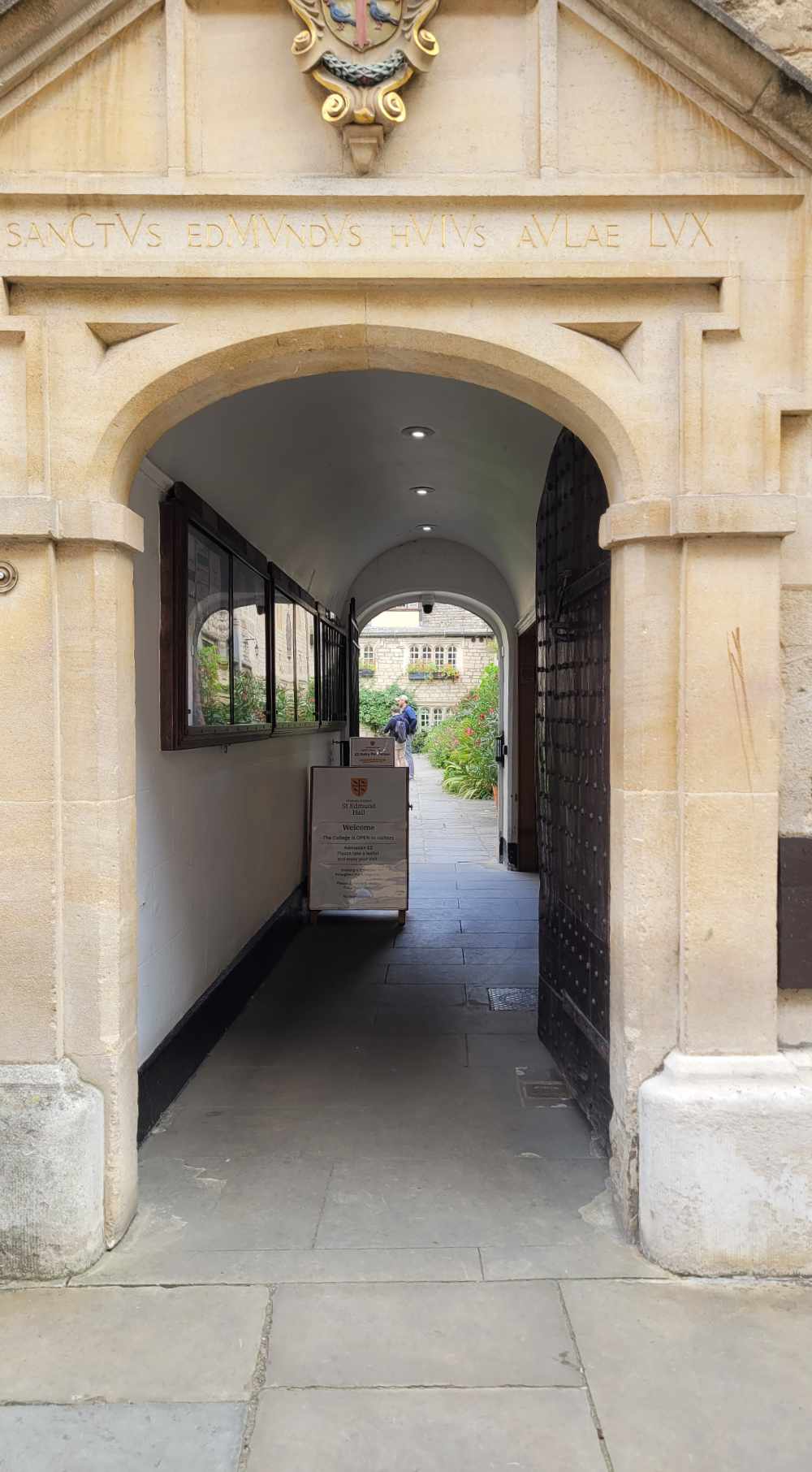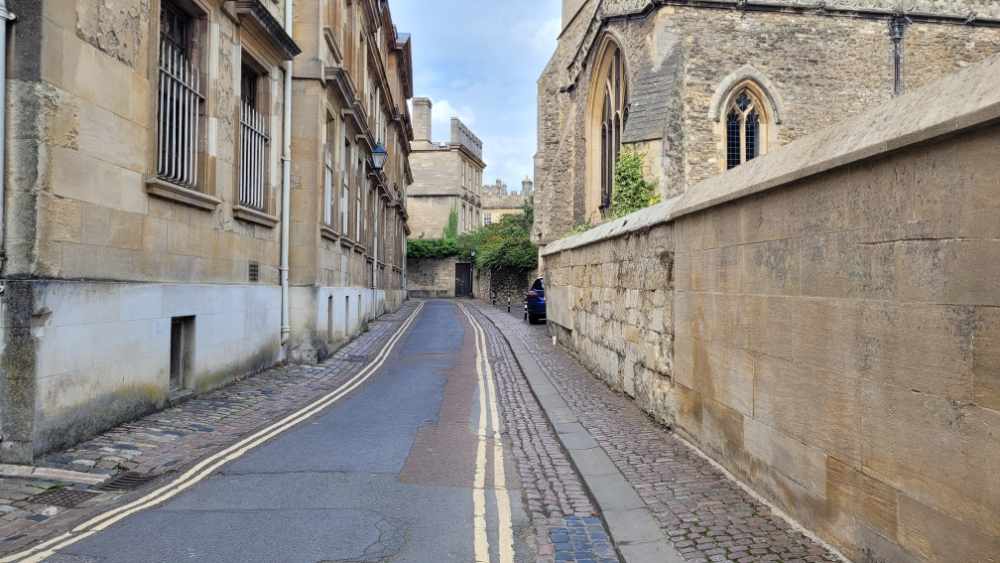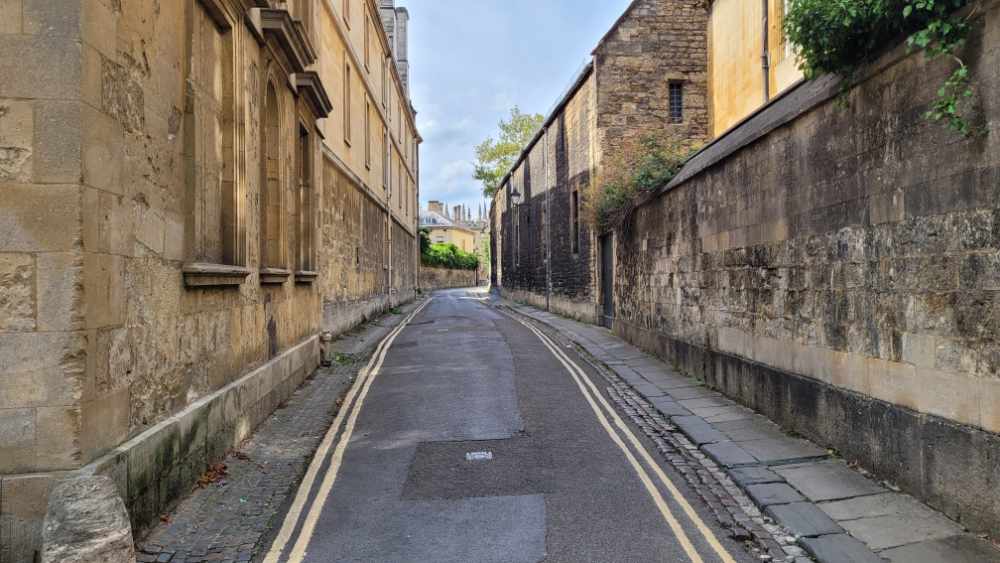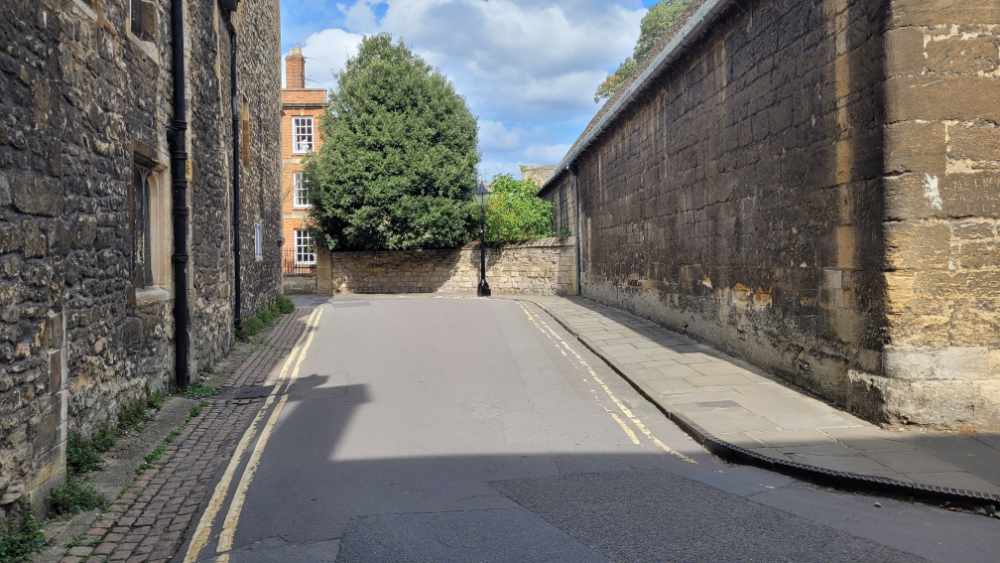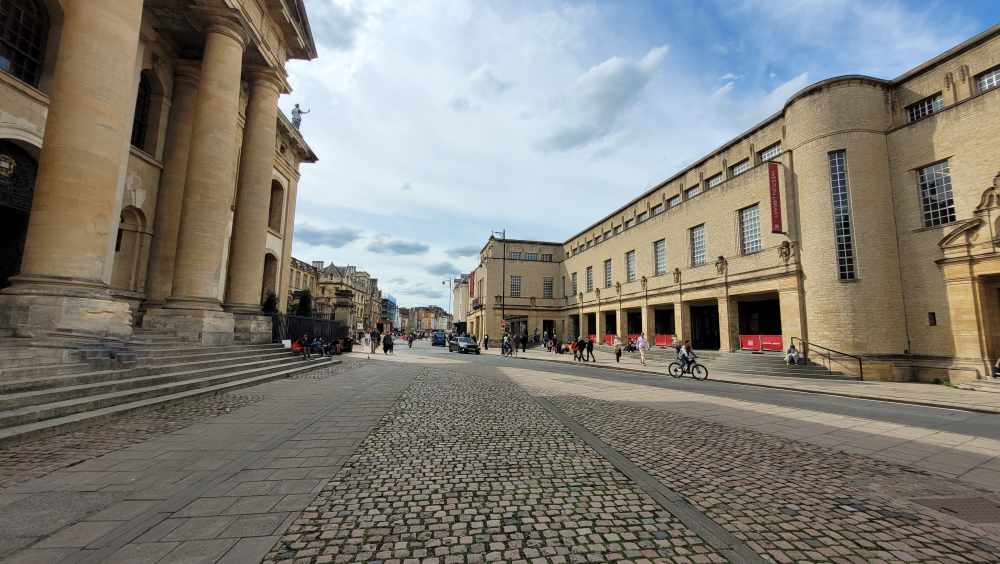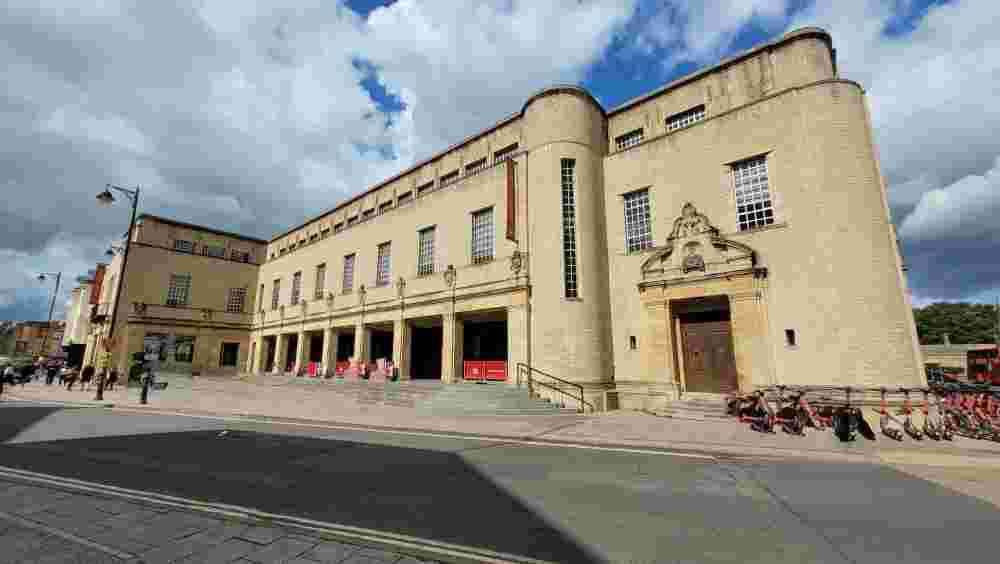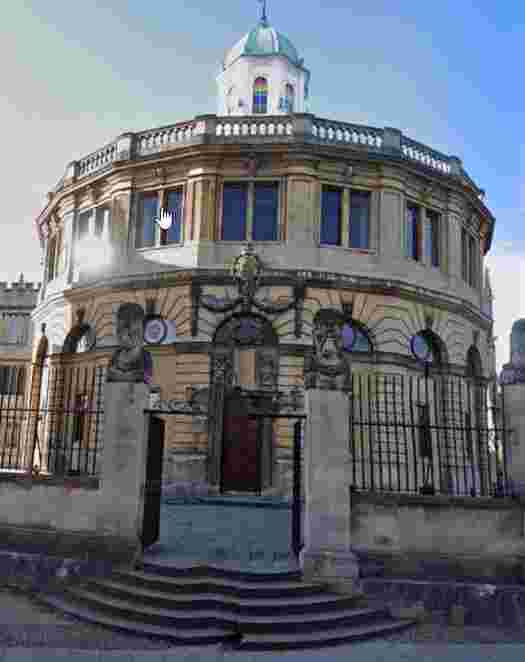Oxford – Walk 3
Botanical Gardens to the Ashmolean Museum
A walk from Oxford’s Botanical Garden to the Ashmolean Museum, taking you past Magdalen College, the Bridge of Sighs, Broad Street, and many more of the city’s most iconic landmarks.

The Ashmolean Museum
This route begins at Oxford’s Botanical Garden, the oldest in Britain, directly opposite the grand entrance to Magdalen College and its famous Magdalen Tower on the River Cherwell. From here, head along the lively High Street before slipping into the quieter charm of Queen’s Lane, passing historic St Edmund Hall on the way.
The lane leads to New College Lane, where the much-loved Bridge of Sighs spans overhead, guiding you towards Catte Street and the heart of Oxford’s historic quarter.
Continue onto Broad Street, with the Weston Library, Clarendon Building, and Sheldonian Theatre lining the way. Turning into Magdalen Street East, you’ll pass the Martyrs’ Memorial, a reminder of Oxford’s turbulent religious history, before finishing at the Ashmolean Museum, Britain’s first public museum and a treasure house of art and antiquities.

The Ashmolean Museum
Map Instructions
Navigating the Map
Follow the numbered markers in ascending order. If the route loops back on itself, markers for both directions may appear at the same location or appear out of sequence. Directions are given at the bottom of the popup associated with each numbered marker.
Interacting with the Markers
Click/tap the numbered markers for information about that point and route directions. Click on the lettered markers for points of interest along the route.
Zooming
Use the zoom controls in the top left corner (e.g. + / −) to zoom in and out of the map. On touch screens, you can also pinch with two fingers. On a laptop, use the mouse wheel to zoom in and out.
Re-centering
Click the ‘RE-CENTRE MAP’ button to re-centre the map.
User Location
If using a mobile device, your location is shown as a blue dot, so you can easily check you’re on course.
Scrolling the Page
If on a touch screen, use the bar on the left to scroll the page.
Route Summary & Highlights
Below is a step-by-step breakdown of the route. Each numbered section matches the markers shown on the above map and includes clear directions to guide you along the way.
Beneath each step, you’ll also find information about nearby points of interest (marked with letters on the map), helping you discover more as you go. You can expand each step to read through the journey in order or use it as a quick overview before setting off.
The Botanical gardens
Directions:
Walk along the High street until you reach the pedestrian crossing.
Magdelen Bridge (West Side)
Magdalen Bridge (East Side)
Magdalen College and grounds
The High Street (b)
Directions:
Cross over to the north side of the street, then turn left.
High Street (c)
Queens Lane (a)
Directions:
Turn right into Queen’s lane
St. Edmunds Hall
Queens Lane
Queens Lane (b)
Queens Lane (c)
Queens Lane (d)
New College Lane (a)
New College Lane
New College Lane (b)
The Bridge of Sighs
Catte Street
Broad Street (a)
The Weston Library
The Sheldonian Theatre
Sightseeing Bus
Broad Street (b)
Magdalen Street East
Martyrs Memorial
Magdalen street
Directions:
Cross over Magdalen street then turn right and cross over Beaumont street.
Beaumont street
Directions:
Turn left and the entrance to the Ashmolean museum is about 45 metres the right.
